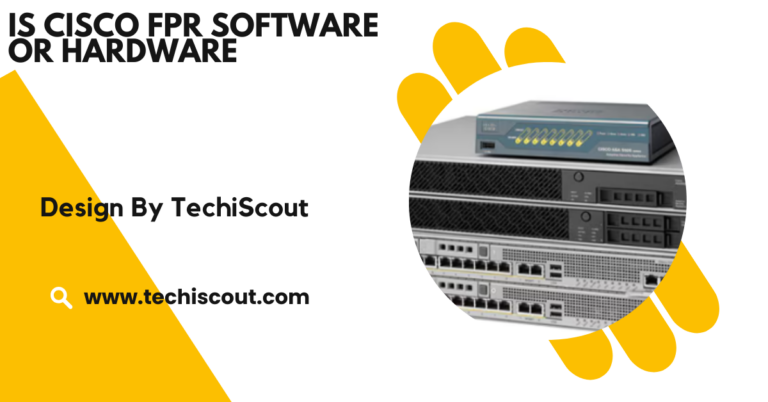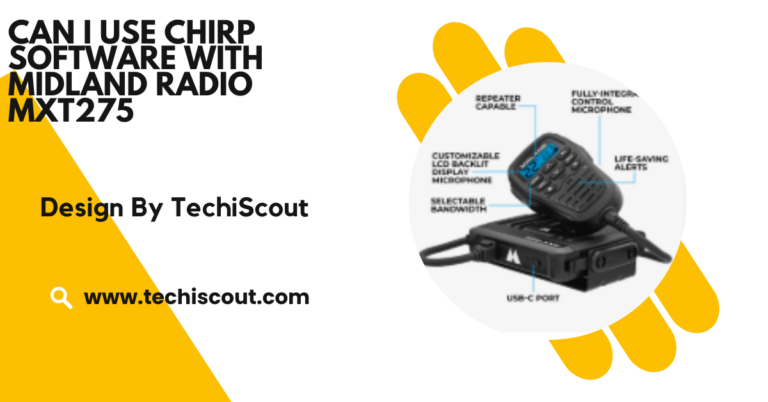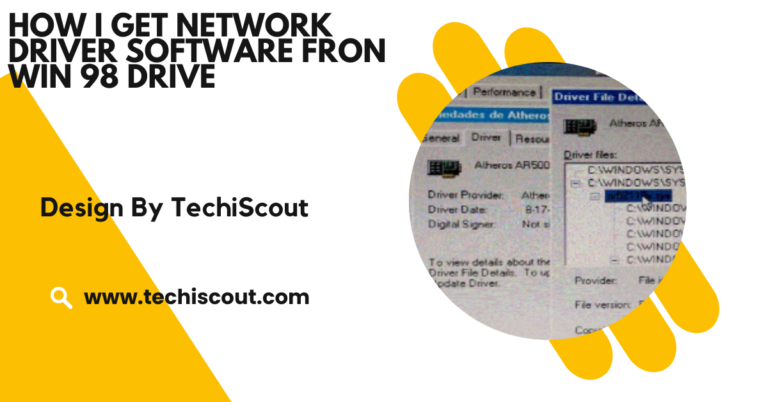What Bricking Software Does Fragile Use – Enhance Your Device Security!
Fragile uses bricking software to secure devices, preventing unauthorized access, tampering, and counterfeiting.
In this comprehensive guide, we’ll explore the different aspects of bricking software and its crucial role in ensuring the security and integrity of Fragile’s products.
Table of Contents
What is Bricking Software:

Bricking software refers to a type of program designed to intentionally disable or “brick” a device. This can occur by altering or corrupting the device’s firmware or software, rendering it inoperable under most circumstances.
The term “bricking” comes from the fact that once the device is bricked, it behaves like a brick: it’s essentially useless unless specific steps are taken to fix or recover it.
There are a few ways in which devices can be bricked:
- Hard Bricking: A complete failure of the system that makes the device unable to start up, even with the correct firmware or software.
- Soft Bricking: The device still powers up, but it becomes stuck in a boot loop or fails to load properly, requiring specific steps to recover it.
For businesses dealing with proprietary or high-security technology, bricking software offers a vital layer of protection.
How Does Bricking Software Work:
Bricking software works by altering or disrupting the firmware, operating system, or other essential components of a device. This prevents the device from functioning properly, and in some cases, it can render the device completely unusable.
Here are the most common methods of how bricking software operates:
Firmware Corruption:
Many devices operate on embedded firmware — low-level software that controls the hardware. Bricking software can target and corrupt the firmware, causing the device to fail during boot-up or run in a non-functional state. This type of bricking makes it difficult for unauthorized users to bypass the protection and use the device.
Password Protection and Locks:
Bricking software often works by setting up a secure password or key that is required to unbrick the device.
Only authorized personnel or users with the correct credentials can unlock the device. This is particularly useful for manufacturers who want to ensure that their devices can’t be repurposed or hacked once they’ve been sold or deployed.
Encryption and Decryption:
Another method is the use of encryption. Devices can be encrypted, and without the necessary decryption key, the device remains bricked.
In these scenarios, the user or unauthorized party has no way of bypassing the encryption without the correct credentials, ensuring that the device cannot be reused for malicious purposes.
Remote Bricking:
In some cases, bricking software can be applied remotely, especially in devices that are connected to a cloud service or internet. If a device is compromised or flagged for security reasons, it can be remotely bricked to prevent further unauthorized use.
This is often seen in mobile phones or IoT (Internet of Things) devices where the manufacturer or service provider can disable the device remotely.
Why Does Fragile Use Bricking Software?
Fragile, like many other tech companies, must ensure that its devices are protected from misuse, counterfeiting, or hacking. The use of bricking software provides several key advantages in this area:
Protection of Intellectual Property (IP):
One of the most significant reasons for using bricking software is to safeguard intellectual property. Fragile deals with innovative products that may contain valuable software, hardware designs, or proprietary technology.
If a device is tampered with, copied, or hacked, the intellectual property could be exposed or misused. Bricking software ensures that any unauthorized attempt to alter or duplicate a product will result in the device becoming useless, thus protecting the company’s innovations.
Enhancing Device Security:
In today’s digital world, the security of devices is paramount. Devices are often targeted by cybercriminals looking to exploit vulnerabilities, steal data, or cause damage.
By employing bricking software, Fragile adds a layer of defense against such threats. If a device is compromised, bricking it renders the device unusable, thus preventing hackers or unauthorized users from exploiting its features.
Preventing Counterfeiting and Piracy:
For tech companies that deal with valuable devices, counterfeiting is a significant concern. Counterfeit products often flood the market, posing risks to brand reputation, customer trust, and revenue.
By using bricking software, Fragile can ensure that only genuine products are operational. If a counterfeit device is detected, the software can brick it, preventing the device from functioning.
Minimizing Data Breaches:
Devices used for storing or transmitting sensitive data can be attractive targets for hackers. With bricking software, Fragile can ensure that if a device falls into the wrong hands, the data on it becomes inaccessible. This is an important step in preventing data breaches, as it renders the device inoperable and protects customer or company information from being exploited.
Read Also: https://techiscout.com/can-having-other-antivirus-software-cause-pc-to-sluggish/
Risks and Challenges of Bricking Software:
While bricking software is an essential tool for device security, it also comes with some risks and challenges that Fragile must consider:
Device Inoperability
If the bricking software is not applied correctly or if there is a malfunction, it could result in the device becoming permanently inoperable. In these cases, legitimate users may be locked out, causing inconvenience and dissatisfaction.
Unintended Consequences
A poorly implemented bricking process could lead to unintended consequences, such as disabling essential features of the device or creating irreparable damage. This could lead to costly repairs, customer complaints, or even legal action if the device is bricked without cause.
User Privacy and Legal Concerns
Bricking software has the potential to infringe on user rights, particularly in jurisdictions where users are legally entitled to repair, modify, or use their devices freely. If a user is unknowingly bricked, it could result in legal challenges. For this reason, Fragile must carefully balance the use of bricking software with consumer rights and applicable laws.
Customer Support Issues
Implementing bricking software can sometimes lead to a higher volume of customer service inquiries. Users who experience issues with their devices may need to reach out for assistance, and troubleshooting bricked devices can be complex and time-consuming.
FAQs:
- What is bricking software?
Bricking software intentionally disables a device, making it inoperable unless specific recovery steps are taken.
- Why does Fragile use bricking software?
Fragile uses bricking software to protect intellectual property, prevent counterfeiting, and enhance device security.
- Can bricking software damage a device permanently?
If not applied properly, bricking software can make a device inoperable, but it’s generally used with safeguards.
- What are the benefits of bricking software for businesses?
It helps secure devices, prevent unauthorized use, and protect sensitive data from being exploited.
- Does bricking software affect customer rights?
In some cases, bricking software could raise privacy and legal concerns, so it must be used carefully to avoid infringing on user rights.
Conclusion
In a world where device security is more critical than ever, Fragile’s use of bricking software helps protect their valuable products, intellectual property, and customers. By ensuring that unauthorized access or tampering with their devices is blocked, Fragile provides a secure environment for its products, which can be especially important in industries where security is paramount.






